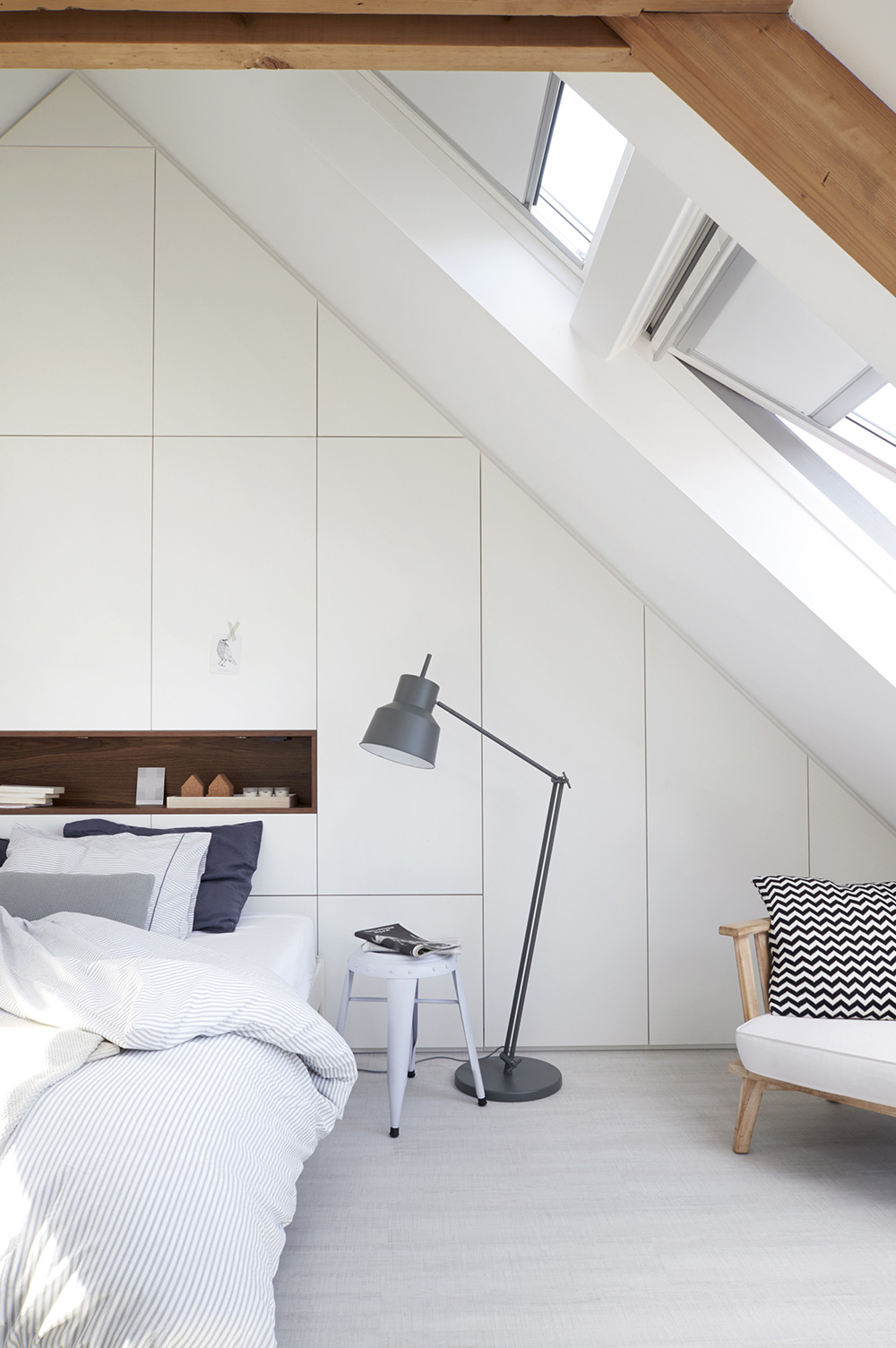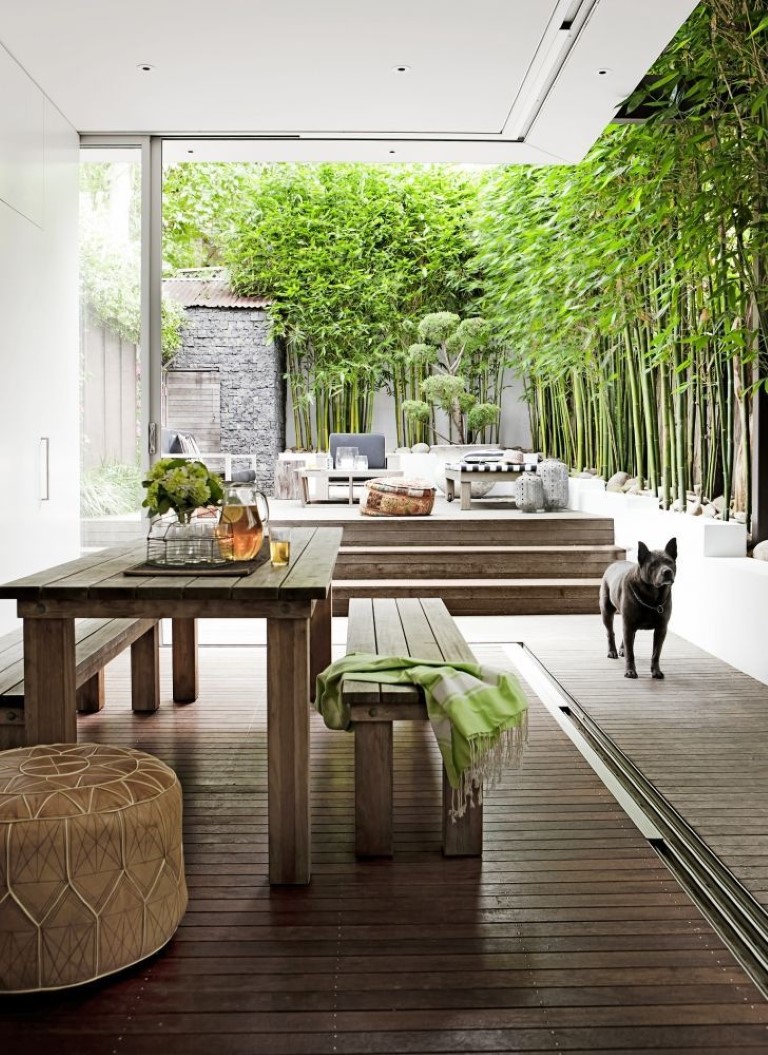
The key to significantly increasing the value of your home is to make the most of the functional living spaces. This might mean sacrificing the formal areas such as dining rooms to create more space for family living areas and open plan spaces. These kinds of upgrades, if planned properly, will pay off as family living is now firmly centred on large combined living and dining areas, making them a huge selling point.
But be aware of the pitfalls of open-plan living – such as noise and lack of privacy. It’s important to create zones within the open plan space so that each area has a designated purpose. Use focal points to determine the focus of a particular area within a large space, for example, arrange your furniture around a fireplace to create an intimate seating space. It’s very easy to end up with a big space and no idea about how to furnish it or use it – that’s not adding value or improving the layout of your home.
Small scale domestic extensions, including conservatories, do not require planning permission if the extension is to the rear of the house and does not increase the original floor area by more than 40 square metres, where the house has not been extended before. Otherwise, the combined floor area of the proposed extension and the floor area of any previous extension, including those for which you got planning permission, cannot exceed 40 square metres.

For terraced or semi-detached houses, the floor area of any extension above ground level should not exceed 12 square metres; again this figure should include any previous extensions carried out.
Attic conversions are another way to increase the value of your home. The addition of a bedroom and bathroom can increase the value of your home by as much as 15pc. Unless you plan to add a dormer window or Velux style roof lights to the front of the house, an attic conversion is exempt from planning.

Working your garden into your home improvement and linking your ground floor living space with the garden is another great investment. The key is making the transition between inside and out as seamless as possible. Your choice of finish will have a big part to play in how successful this transition is. Choosing a floor finish that can be used internally as well as externally works wonderfully well. Floor-to-ceiling glass doors are another successful way to link inside and out. Whether the doors are left open or closed, the boundary between the two areas is blurred.

Maximise your investment by ensuring you stay on budget. The easiest way to do this is to make sure all design decisions are set in stone before the contractor starts. This way you will have the peace of mind that everything is included in the contractor’s price. If you start making these kinds of decisions when the job is on site or worse start changing your mind it will cost you time and money.
The post Home Improvement appeared first on Optimise Design.






